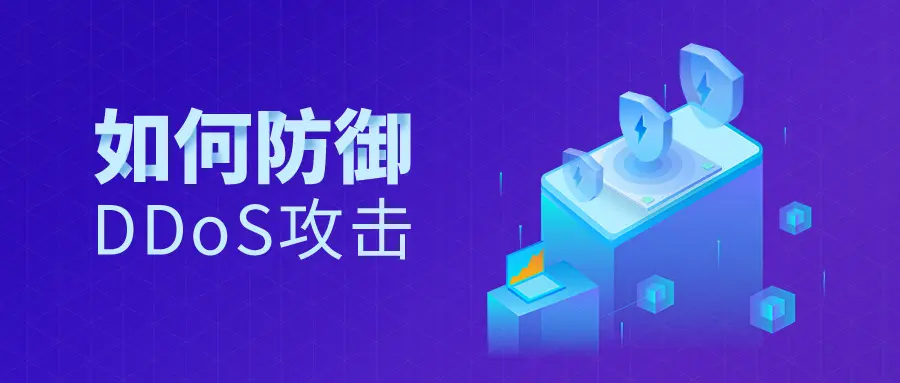 2022-12-08
2022-12-08DDOS attack is the most common and extremely harmful network attack method at present. This attack method occupies network resources through a large number of useless requests, thereby causing network congestion and server paralysis. The business and image of the company have been seriously affected, and the victim needs to have a stronger configuration and a more refined strategy to resist such a DDoS attack.

Compared with resource consumption attacks, service consumption attacks do not require too much traffic. They are mainly targeted at the characteristics of services, such as web CC, data service retrieval, file service download, etc. These types of attacks are often not aimed at congesting traffic channels or protocol processing channels. They are designed to keep the server in a busy state of processing high-consumption services all the time, so that it cannot respond to normal services.
Reflection attacks are also called amplification attacks. This type of attack is based on the UDP protocol. Generally, the traffic of the request response is much larger than the traffic of the request itself. The attacker can create a large-scale traffic source with a small traffic bandwidth through the characteristic of traffic amplification, so as to launch an attack on the target. Strictly speaking, reflection attacks are not a type of attack. They just use the business characteristics of certain services to launch Flood attacks at a lower cost.
Network attacks can be seen everywhere. If our server has no defensive performance, it is like a lamb at the mercy of others, and it is easy to be maliciously attacked by attackers. In order to prevent our website from being attacked, ensure the stable operation of the website business, and scientifically defend against DDOS attacks, we can take the following measures.
No matter how strong your supporting equipment is, if your source server configuration can’t keep up, it will also be unable to effectively resist attacks. You need to be hard to strike iron, so you need to increase the network bandwidth of the server to enhance the server’s ability to resist attacks.
It can also be used to defend against DDoS attacks. High-defense CDN can be said to be a very effective way to defend against ddos. High-defense CDN can hide the IP of the source site to protect the security of the source site server. When encountering an attack, the high-defense CDN node will also help The source site is resistant to all damage, and its internal intelligent mechanism will automatically filter and clean abnormal attack traffic. The high-defense CDN can not only defend against attacks, but also cache content for the source site, which has an acceleration effect!
The so-called network devices refer to load balancing devices such as routers and firewalls, which can effectively protect the network. When the network was attacked, the router was the first to die, but other machines did not die. The dead router will return to normal after restarting, and it will start up quickly without any loss. If other servers die, the data in them will be lost, and restarting the server is a long process. One company in particular uses a load balancing device so that when one router is attacked and crashes, the other will work right away. Thereby reducing the DDoS attack to the greatest extent.
At present, the Internet environment is becoming more and more complex, network attacks are becoming more and more frequent, and the impact and losses on major Internet companies are also increasing. In order to ensure the stable operation of the server, it is recommended to choose a suitable high-defense product in advance, Don't wait until the server crashes to find a solution, the loss will be irreparable.